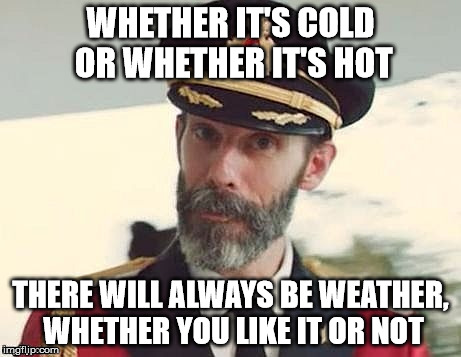Let’s begin with some vocabulary:
Recycling: converting waste into reusable material.
Trash: discarded matter; refuse.
Window Dressing: an adroit but superficial or actually misleading presentation of something, designed to create a favorable impression. (It’s nice to think we’re saving the planet, but it’s more important to actually help save it than just to feel good about it.)
In my classroom, I have two trash cans and a large recycling bin. You can help save Earth by getting the right thing into the right container.
Here’s what goes in the recycling bin: Paper, cardboard, plastic bottles, glass (gently, please), and aluminum cans. That’s it! Nothing else!. No used tissues, food, food wrappers/containers, or anything with food reside on it or in it.
Here’s what goes in the trash can: Everything else. Including, but not limited too: used tissues, food, food wrappers/containers, anything with food reside on it or in it.
When in doubt, put it in the trash can.
Our 5th graders go around the whole school and collect the recycling. Lets make sure it’s not a gross or dangerous experience for them. They are doing the hard work to help save the planet. They should never have to deal with old, smelly milk spilling out of a recycling bin or someone’s used tissues.
If we’re going to do something, let’s do it right and make a real difference.
A few years ago, I was doing a summer program in a local town. Each day, the custodian would come around with a big rolling bin. He’d pick up the trash can and empty it’s contents into the larger bin. Then, he’d pick up the recycling bin and dump that into the large rolling bin as well. When I asked him about this, he said, “Yeah, we’re not set up for recycling, but it makes everyone feel good if it looks like we are.”
That, my friends, is an example of window dressing. You can feel good about making even a small difference in the health of our planet but how good can you feel pretending to make a difference?
Let’s recycle properly. Let’s not make it gross and let’s actually help save the planet. Then, we’ll really have something to feel good about.






